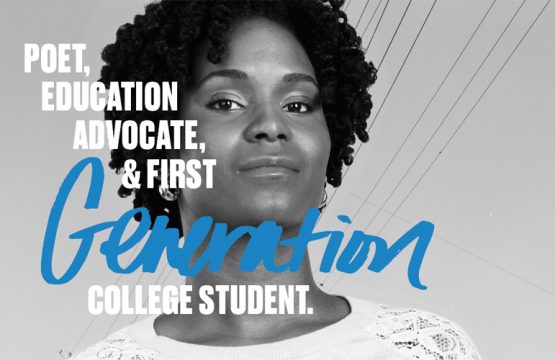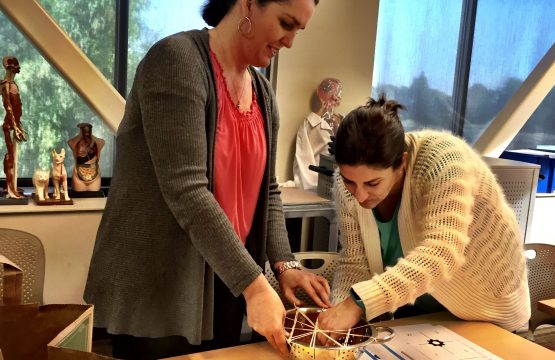The challenging education and technology gap
Something exciting is happening right now. The rapid rise of technology is disrupting industries across the globe. The world’s largest taxi company (Uber) owns no vehicles; the most valuable retailer (Alibaba) has no inventory; and the world’s most popular media owner (Facebook) creates no content. While most sectors seem to be embracing change driven by technology, some remain stuck in the mud. The biggest offender, perhaps, is education. A 2015 survey conducted by Education Dive found that budget limits, inadequate professional training and teachers resistant to change loom as the biggest hurdles to overcome in regard to closing the gap between education and technology.
Typically, school budget allocations for education-technology purchases take place at the district level. Many stakeholders in this arena find themselves overwhelmed by the numerous apps, software and online courses from which to choose. In the majority of these scenarios, decision-makers lack the necessary knowledge to identify which tools best complement the curriculum of teachers in the district. The bad news? Decisions will become increasingly more difficult to make since ed tech startups raised nearly $2 billion in funding last year and will continue to pump out several new products in the years to come. One of the ways to close the gap in this area is for instructors, district administrators and ed tech developers to come together with the goal of understanding needs and challenges. This can be accomplished with more frequent meetings and agreed-upon metrics to measure results. When this step is taken, resource-planning becomes a lot easier.
An efficient budget can also guide the training of teachers who desire to improve in the new age of education by sending them to conferences and workshops. We certainly are a big proponent of professional development at the Tiger Woods Foundation. This past summer we offered STEM Studio, two free, week-long workshops for fourth-ninth-grade teachers at our TGR Learning Lab in Anaheim, California. Educators experienced hands-on applications designed to build their confidence in delivering powerful STEM projects for their students.
Teachers who have a difficult time adapting to change can alter their thinking by attending professional development workshops or learning from their colleagues who’ve attended them. Being around peers who are enthusiastic about technology in education can help naysayers realize how valuable it is to integrate technology into curriculum instead of viewing it as solely a classroom add-on.
Problems like small budgets, scarce professional training and anti-technology sentiments all have a common solution of collaboration. When more of this action starts to occur among leaders in education, the gap between education and technology will narrow. As one of my former professors from California State University, Long Beach, would say, “Teaching in the digital age means we must teach tomorrow’s skills today.”
Champions of the unexpected for 20 years.


